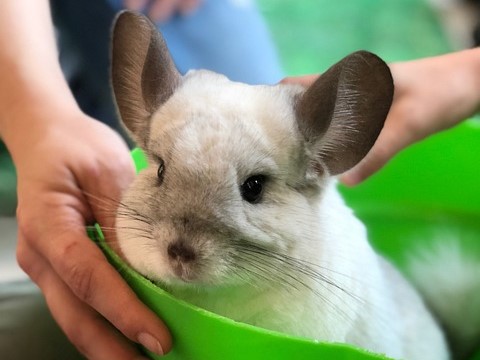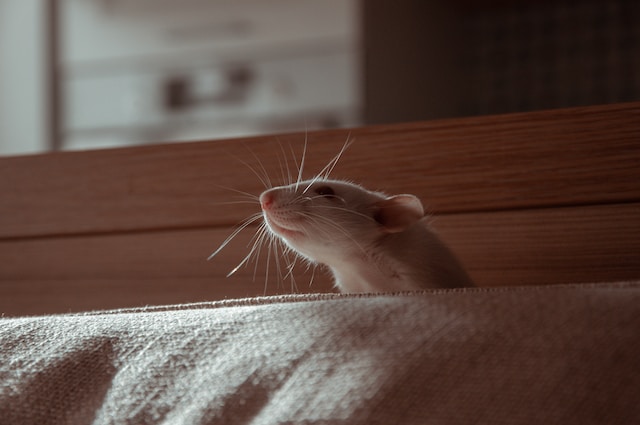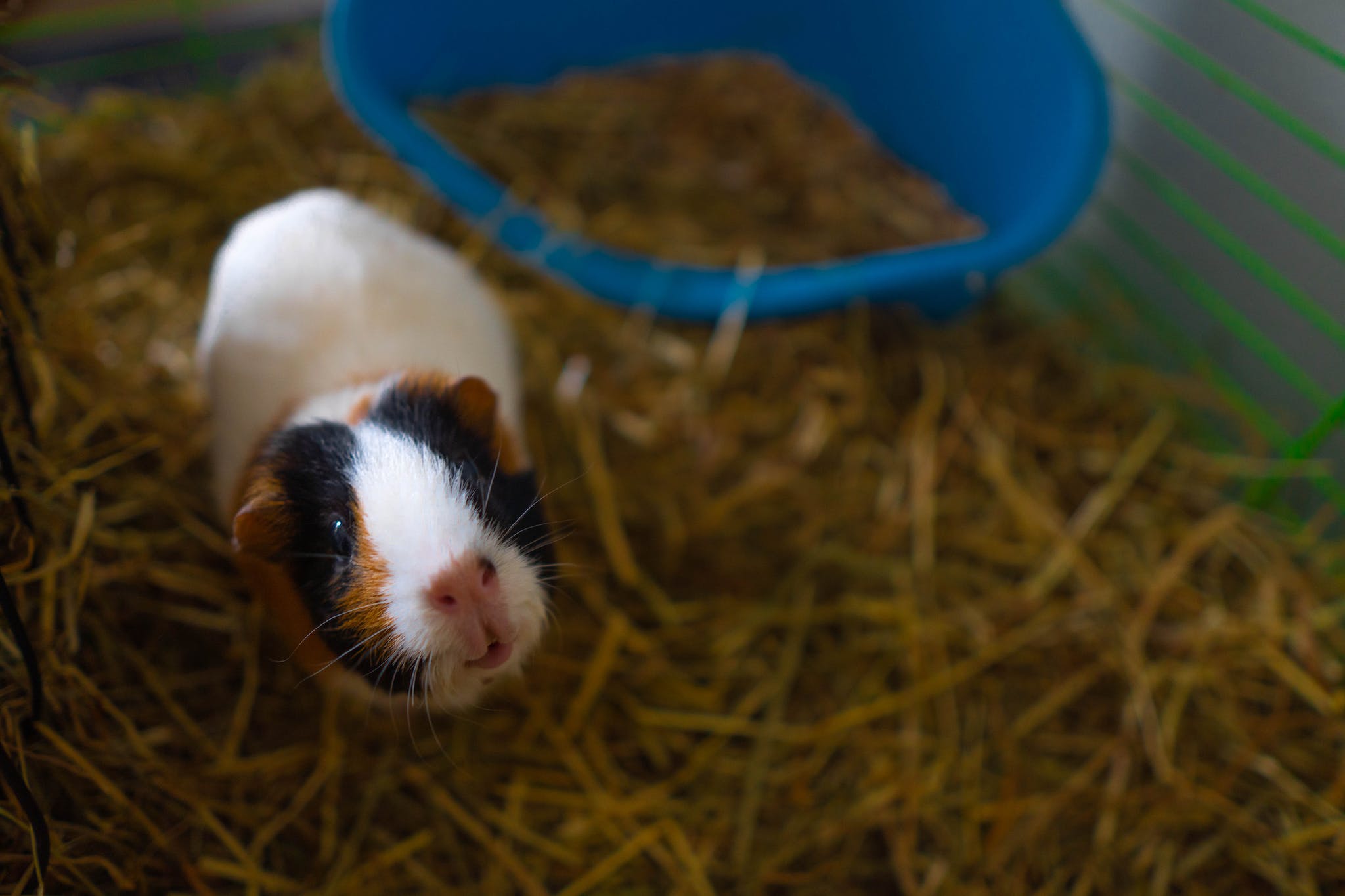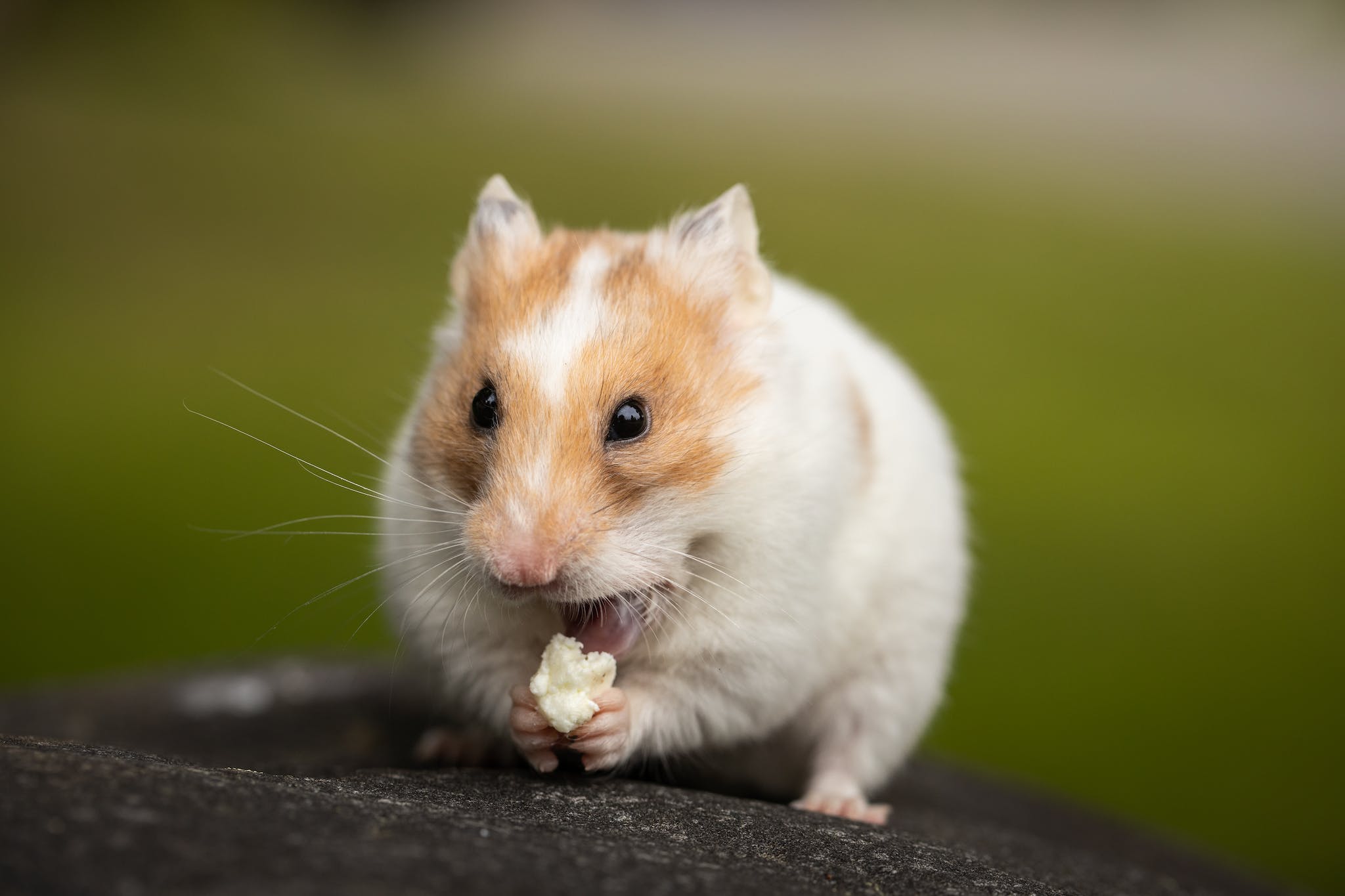Chinchilla Dust Baths: Essential For Happy & Healthy Pets!
There are some affiliate links below, but they are all products I highly recommend. For more info, view my disclosure here.
Chinchillas are small, cuddly pets that have become increasingly popular in recent years. Known for their playful personalities and soft, fluffy fur, these animals require special care to ensure their health and happiness.
One of the most important aspects of chinchilla care is providing them with regular dust baths. Dust baths are vital for chinchillas because they help to keep their fur clean and free of oils and dirt.
Unlike other animals, chinchillas do not bathe in water, as their fur is extremely dense and water can cause matting and fungal infections. Instead, they roll in a fine dust that helps to absorb excess oils and dirt from their skin and fur.
Read on for details on dust baths for chinchillas, how they work, and what you need to know to keep your chinchilla happy and healthy.
Why Dust Baths are Important
The importance of dust baths for chinchillas lies in their dense fur, which can harbor moisture, oil, fungus, and bacteria, leading to health conditions such as hair loss, dry skin, fungal infections, and hairballs if proper hygiene is not maintained through regular dust baths.
Chinchillas’ fur is incredibly thick and soft, and it serves as insulation against cold temperatures. However, this dense fur also traps moisture, which can lead to fungal infections and other health issues if not properly addressed.
Dust baths are essential for chinchillas to maintain their hygiene and health. When chinchillas roll around in the dust, the fine particles absorb excess oil and moisture from their fur, removing any dirt or debris that may have become trapped.
Regular dust baths can help to prevent health issues such as hair loss, dry skin, fungal infections, and hairballs, ensuring that your chinchilla remains happy and healthy.
Proper Dust Bathing Techniques
Proper techniques for bathing in dust include considering the frequency of use and the amount of dust used to prevent health issues in chinchillas.
Chinchillas should be allowed to bathe in dust for 10-15 minutes at a time, and dust should be replaced immediately if it becomes clumpy or soiled.
Use pure pumice or ash dust for chinchilla baths, as sand or other materials can cause health problems for these animals.
Chinchillas should be given access to their dust baths at dawn or dusk, when they are most active, and should not be bathed with water, as this can cause their dense fur to become matted and harbor moisture, oil, fungus, and bacteria.
In addition to frequency and type of dust, consider the maintenance and cleanliness of the dust bath container.
Chinchillas should not spend too much time in their dust baths, and unused dust should be stored in a cool and dry place.
If chinchillas are not given proper dust baths, they can develop health issues such as hair loss, dry skin, fungal infections, and hairballs.
These conditions can be painful and distressing for the animal, and may require veterinary treatment.
By following proper techniques for chinchilla dust baths, owners can help keep their pets healthy and happy.
Potential Health Risks
One must be aware of potential health risks associated with improper dust bathing techniques for chinchillas. Failure to provide a proper dust bath or using unsuitable materials can lead to various health conditions.
Hair loss can occur if the dust used is not replaced regularly, while excessive dust bathing can cause dry skin. Fungal infections are also a possibility if dust baths are not given frequently enough, which may require treatment by a veterinarian. Additionally, if proper dust baths are not offered, chinchillas may develop hairballs that can cause pain, lethargy, depression, and a lack of appetite.
Note that chinchilla fur is dense and can harbor moisture, oil, fungus, and bacteria. Therefore, it is crucial to maintain proper hygiene when giving dust baths.
Dust baths should be given in a clean container, and the dust should be replaced immediately if it becomes clumpy or full of waste. Furthermore, sand should never be used as a substitute for dust, as it can cause respiratory problems for chinchillas.
Overall, proper dust bathing techniques are essential for maintaining the health and well-being of chinchillas.
Read Next: The Dos and Don’ts of Pocket Pet Ownership: A Comprehensive Guide





